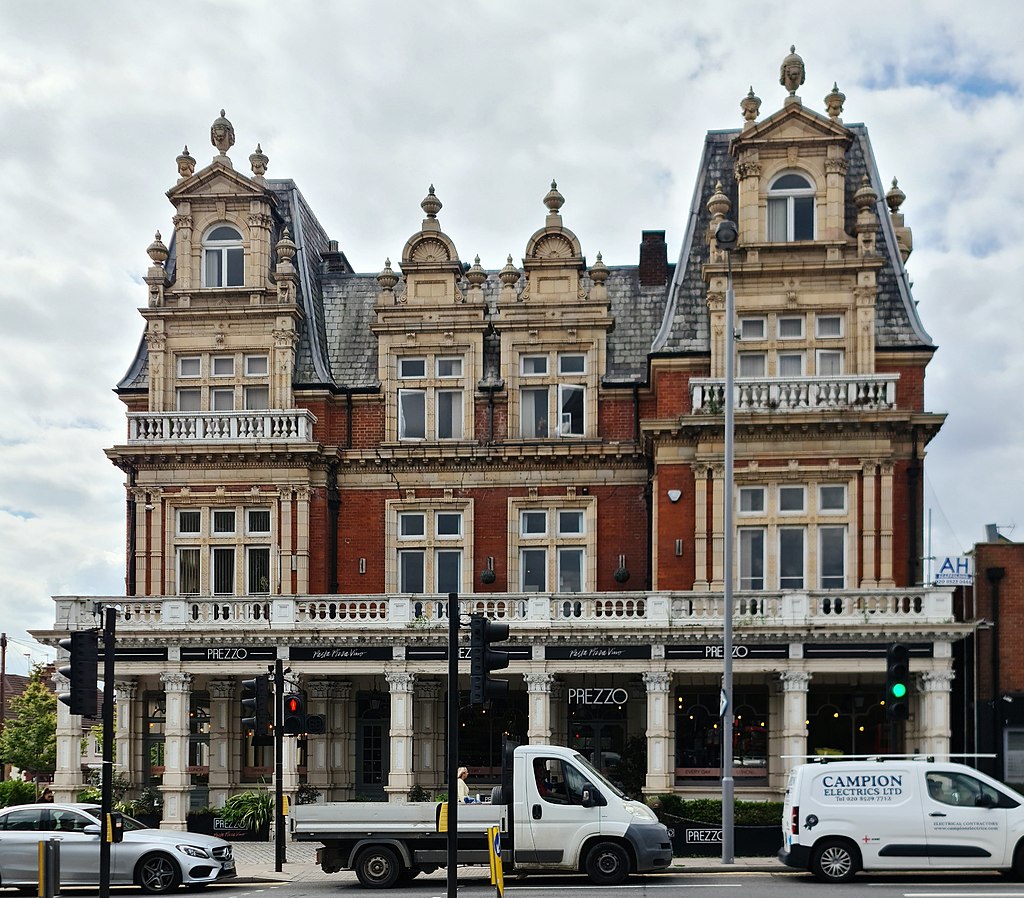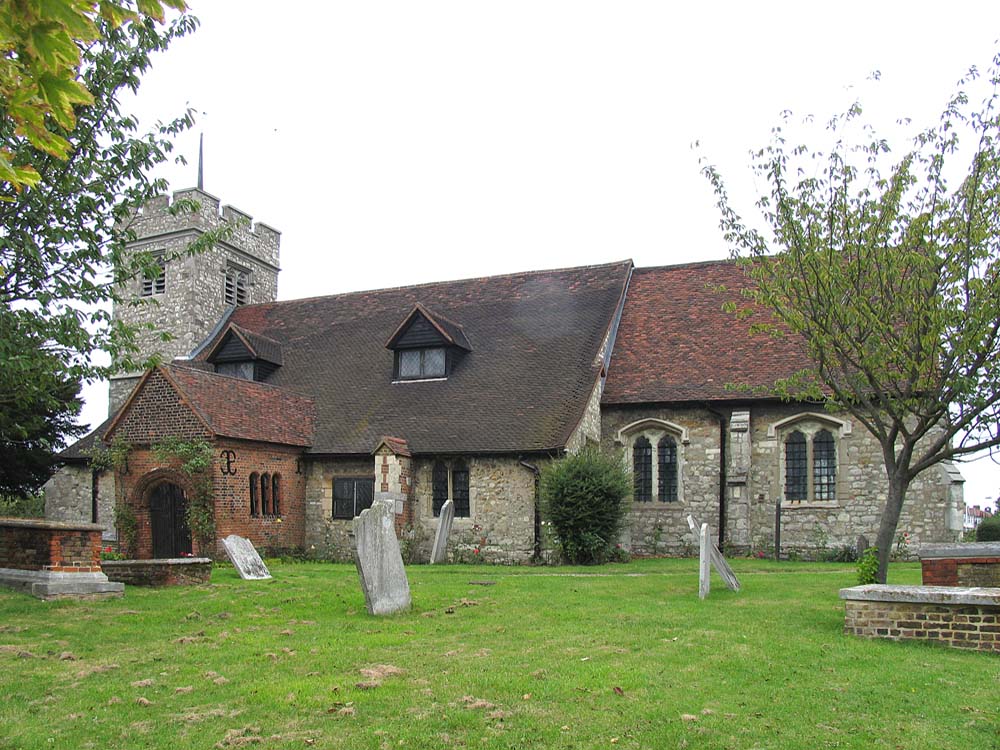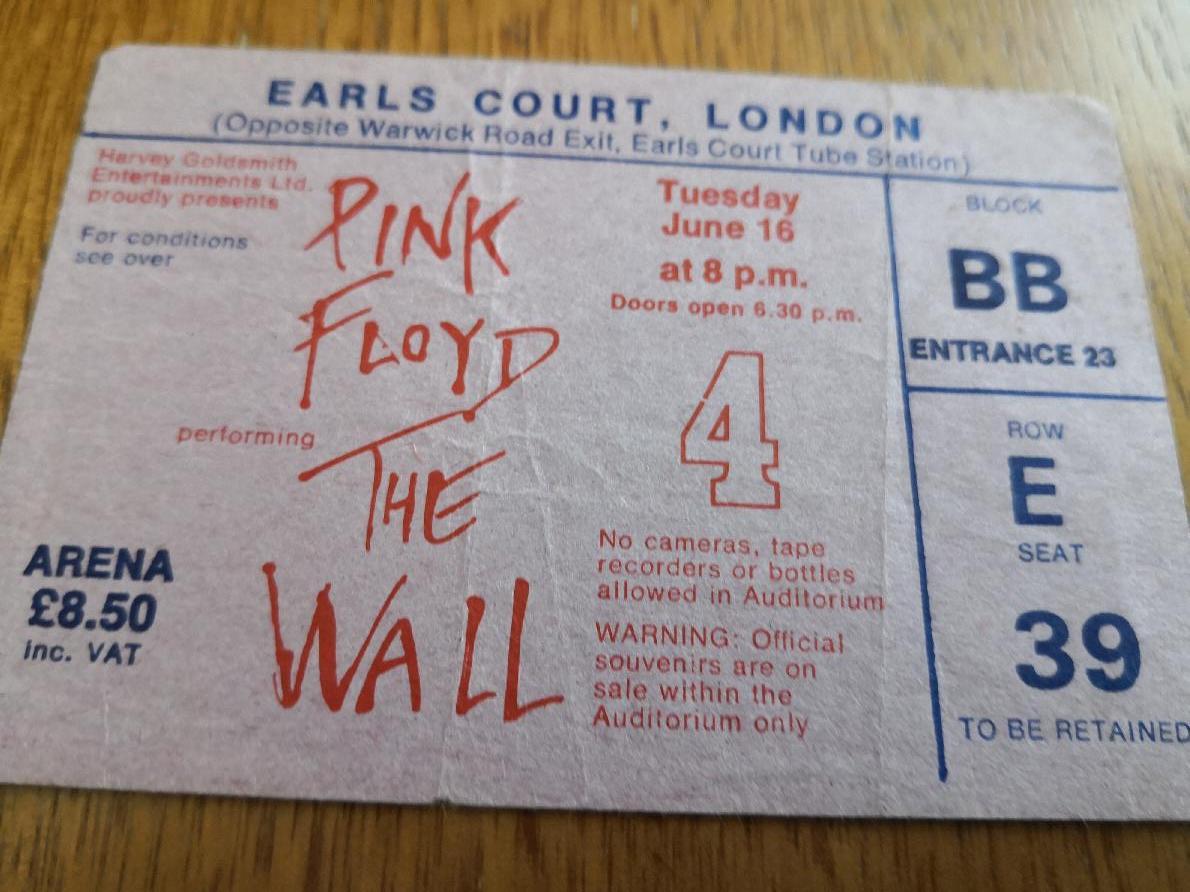
AsianOverland.net
Tour Guide - Itinerary
Asian Overland Sydney to London
Started 22/06/2022 Finished 21/06/2023365 Days ITINERARY
Day 166 date 04/12/2022LONDON to CHINGFORD, ENGLAND
OVERLAND KATHMANDU TO LONDON DAY 166: LONDON TO CHINGFORD, ENGLAND
After travelling from Australia and driving and tour guiding a Top Deck double decker bus from London to Kathmandu and back, it’s time for some R&R, so we head north of Greater London to the Essex countryside to earn some money between trips for more travelling, European skiing and partying.
Our favourite workplace in England was the Royal Forest Hotel, next door to the historic Queen Elizabeth’s Hunting lodge, Tudor architecture, on the edge of the Epping Forest, great for walks, jogs and horse riding. The Royal Forest Hotel provided us with Tudor live-in accommodation upstairs, with full board, and our own bars to look after in the downstairs pub. It wasn’t all work, as we also managed to tick off a few 1981 London events including the tennis at Wimbledon, the Test cricket at Lords, the FA Cup Final at Wembley (Tottenham Hotspurs v Manchester City Final replay won by the local Tottenham lads 3:2), and Pink Floyd performing The Wall at Earls Court, which turned out to be the second last performance of Roger Waters with Pink Floyd before the 1981 split.
The area of Chingford is recorded in the Doomsday book as "Cingefort" from 1066AD, with ching being old English for the king, and Chingford referring to the King's river and Kings Ford. King Harold Harefoot lived in Chingford in the 11th century, which ties in with the Old English word of "Ching" for King.
The Epping Forest was given legal status as a royal forest by Henry II in the 12th century, when it was part of the much larger Forest of Essex, covering nearly all of Essex. The term Forest was a legal term, and Forest Law applied, meaning that only the King had the right to hunt deer.
The Forest of Essex gradually shrank in size as land was removed from Forest Law and replaced by smaller forests including Waltham Forest. In physical terms, the Forest declined to something like its modern size in the early fourteenth century.
The Black Death reached England in 1348, leading to a huge decline in population, between a third and a half, which took away the pressure on woods and commons in England. At that time the Forest extended further south to Romford Road in the Forest Gate area of West Ham, the original Roman A118 road from Aldgate on the City of London wall.
Most of Waltham Forest was later legally removed form Forest Law, leaving two smaller forests, Epping Forest and Hainault Forest, both of which continued to be heavily wooded. The name "Epping Forest" was first recorded in the 17th century.
Although the monarch held hunting rights, the land was owned by local landowners. It was managed as a common where landowners held certain rights, while local commoners benefitted from common rights allowing them to gather firewood and foodstuffs, and to graze livestock and pigs.
In 1542, Henry VIII commissioned a building, then known as Great Standing, from which to view the deer hunting at Chingford. It was completed in 1543 and renovated in 1589 for Queen Elizabeth I. The former lodge, Queen Elizabeth's Hunting Lodge, has been extensively restored and is now a museum.
The fallow deer in Epping Forest are an unusual black colour, descended from some black deer presented by King Christian IV of Denmark to James I in 1612.
Chingford Station opened in 1873 and brought a huge increase in visitors using Chingford as a gateway to the Epping Forest.
The forest was “given” to the people by Queen Victoria in 1878 under the Epping Forest Act, ensuring it was kept free and unenclosed for the public to use.
The Royal Forest Hotel opened in 1880, and its location in Ranger's Road next to the historic Queen Elizabeth's Hunting Lodge meant it soon became popular among day-trippers visiting Epping Forest (including us).
At the other end of Station Road, the King's Head Hotel dates back to at least the 1730s.
© This work is copyright. Apart from any use permitted under the Copyright Act 1968, no part may be reproduced by any process, nor may any other exclusive right be exercised, without the permission of Peter Searle, peter@portseavillageresort.com; 1980-2024.
Website built by Justin O’Dea www.webdeveloperdocklands.com.au

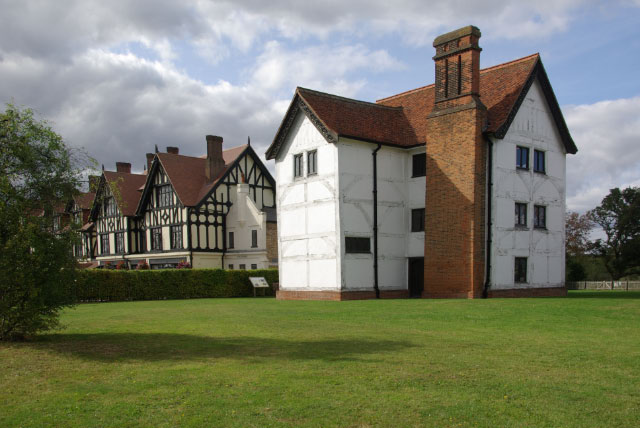
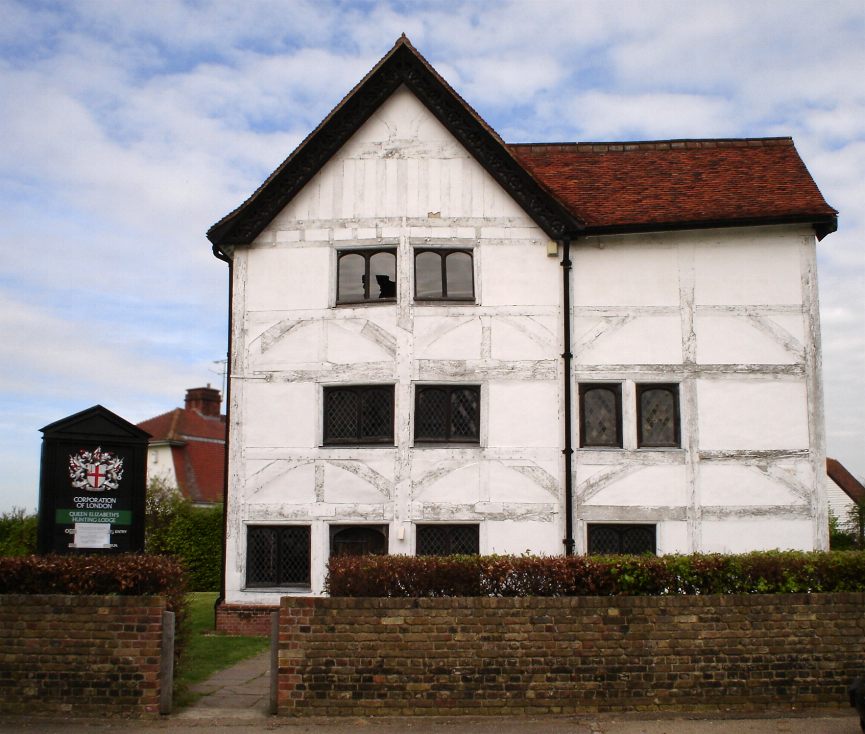
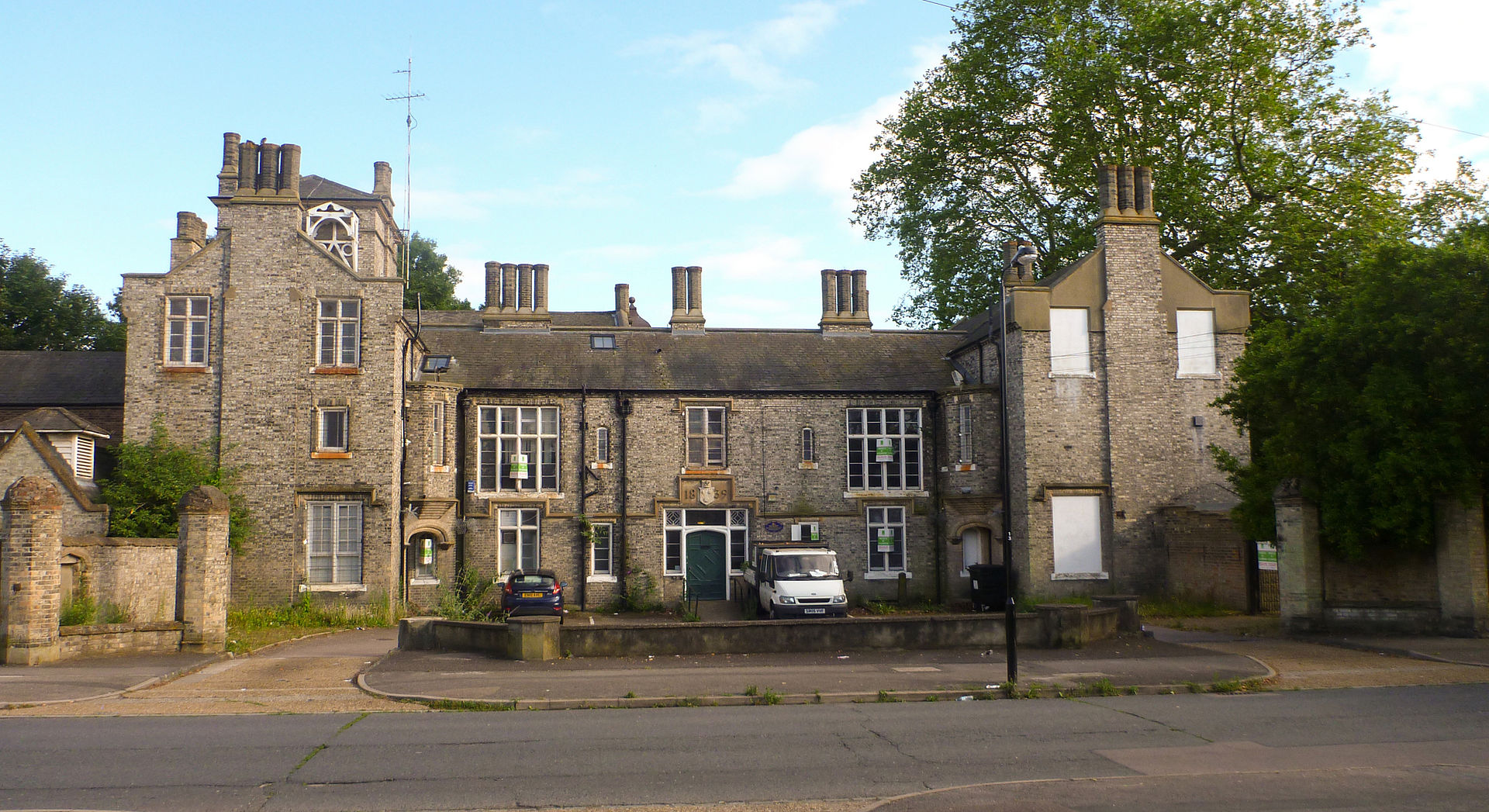
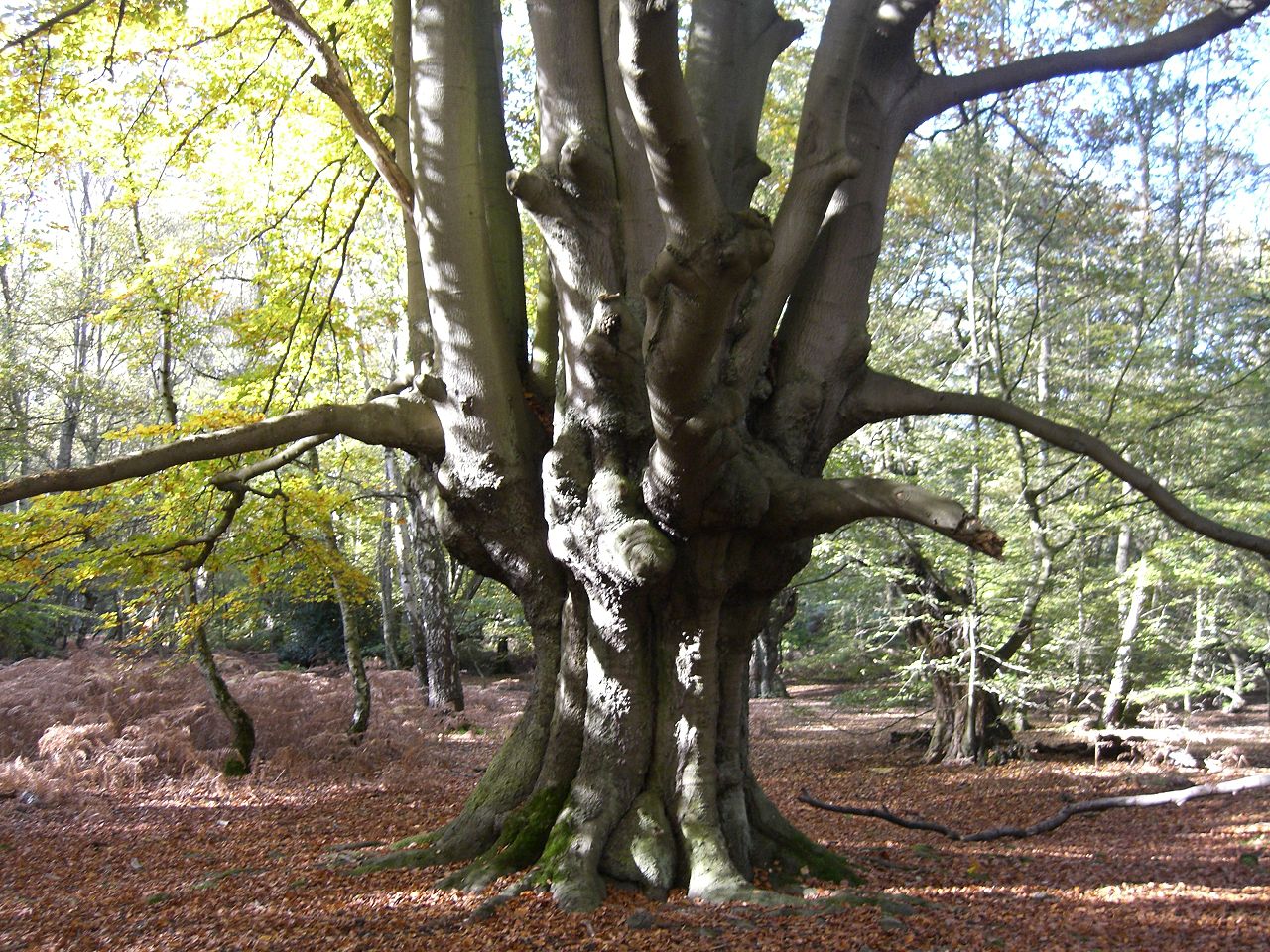



_Chingford.jpg)
